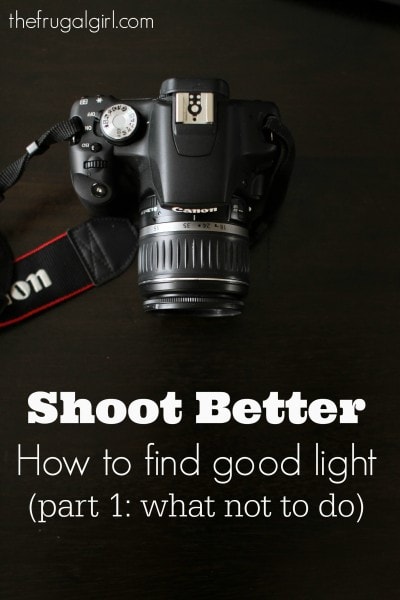
This post is part of Shoot Better, a weekly (ish) series on improving your photography frugally
(a.k.a. not buying tons of equipment.)
Lighting is a gianormous topic that could fill books upon books, but in this post and the next, I’m gonna try to cover some very basic stuff that will help improve the lighting in your photos.
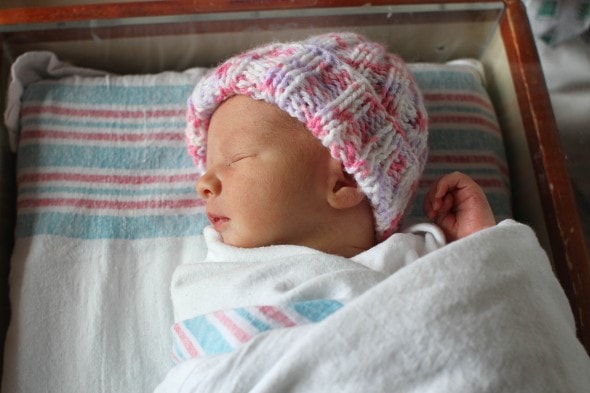
(taken with just window light)
This post ended up being super long when I first wrote it, so I broke it into two sections. Today will mostly be about what NOT to do, and next time I’ll talk about what you SHOULD do.
So.
Lighting is pretty much what determines how great (or terrible) your photos will be.
Now, if you’ve practiced and you’ve got some good equipment, you can take pretty decent photos in many different lighting situations.
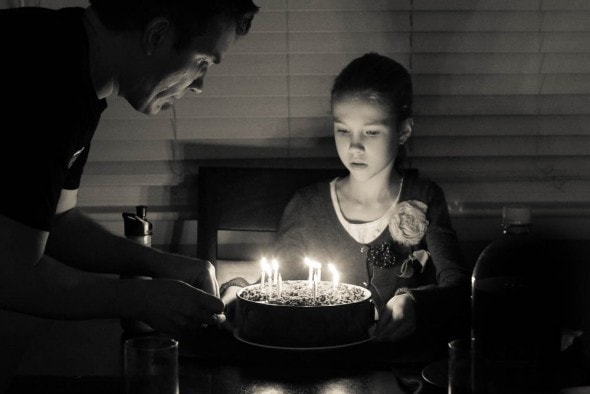
(birthday cake candles don’t make for the most ideal lighting situation!)
But since we’re not assuming you have experience or great equipment, we’re gonna talk about good light and how to find it.
Really, taking good pictures requires being something of a light detective.
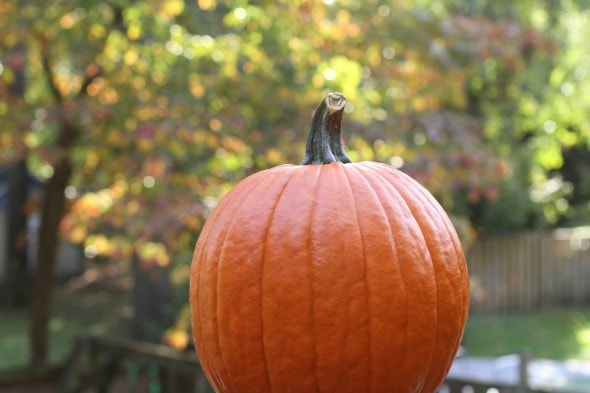
You have to notice the light, look for it, pay attention to the temperature of it, notice its direction, and so on.
Thinking about light is probably the largest single thing that improved my photography, and I’m still learning about light all these years later.
A really wonderful thing about light is that using it costs nothing and requires no equipment upgrades. No matter how junky your camera, learning how to use light will still improve your photos.
Yay!
Alrighty…let’s talk about what makes for bad lighting in photos.
(Props to Zoe for being willing to be my model in the photos that follow.)
Don’t use the flash.
With the exception of fancy flash units that fit on the top of SLRs, flash is pretty much going to relegate your photos to the amateur point-and-shoot realm, no matter how fancy your camera.
Flash is harsh, it’s ugly, it overexposes people and underexposes backgrounds, and it makes colors all wonky.
Here are two shots taken back to back with my SLR. The only difference is that I used flash in the first one but not the second.
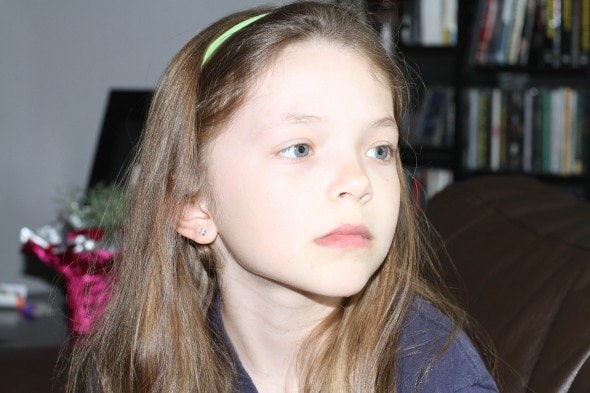
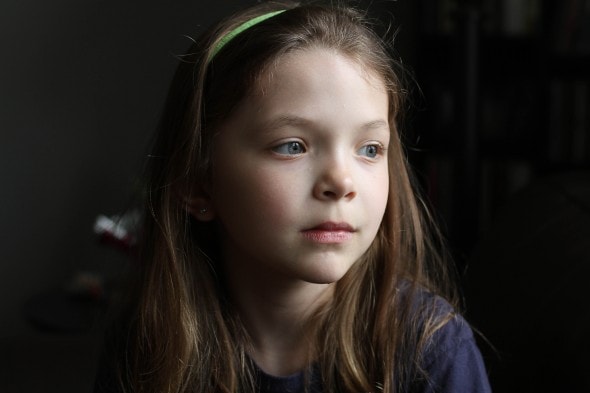
See how washed out she is in the first photo and how flat her features are? There’s much more dimension in the photo without flash.
Here’s the same set taken with a point and shoot.
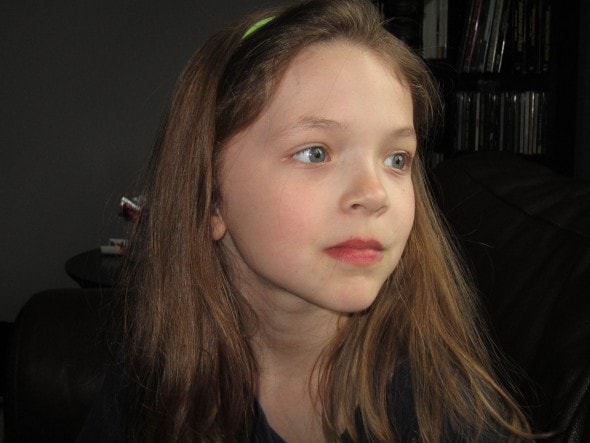
(This one’s not quite as bad as the SLR flash, mainly because it’s less powerful and washes her out less. Still, the colors are weird and the photo looks kind of artificial.)
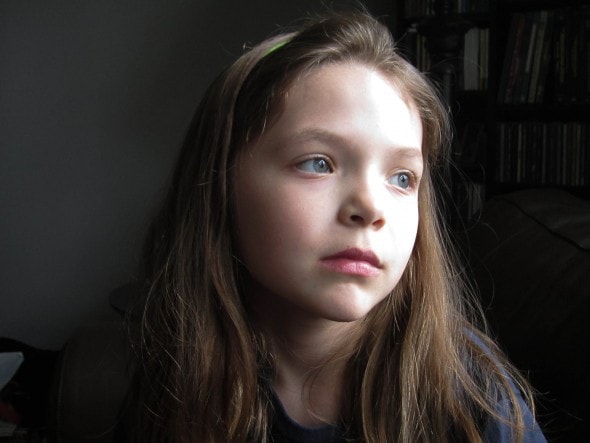
Sometimes you have to use it, but dear readers, I beg of you, please try to shoot without flash whenever possible.
At least give it one test shot, and if the result is unbearably blurry or grainy*, you can always turn the flash on.
*I personally prefer grain over flash almost every time.
I’ll talk more about shooting in low light without the flash in a future post, promise!
Natural light is ALWAYS king.
For photography purposes, natural light always beats artificial light, whether it’s flourescent or tungsten or LED.
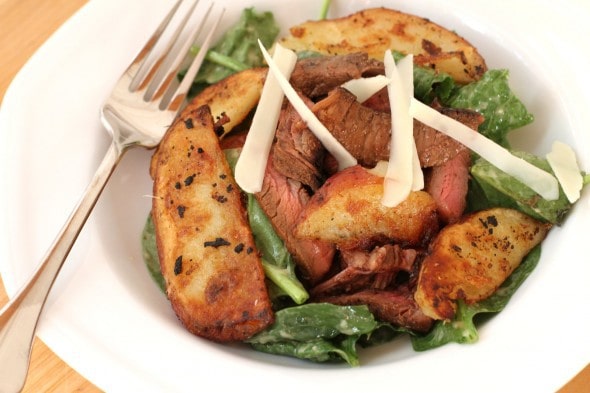
So, for the best shots, turn off the artificial lights in a room, turn off your flash, go outside, or get near a window.
Don’t mix lights.
Artificial lights have varying color temperatures.
What does that mean?
Well, LEDs emit a bluish light, tungsten bulbs emit an orange/yellow light, and flourescent bulbs usually are a bit green.
Plus, daylight has varying color shades throughout the day!
Most cameras, even point and shoots, are able to compensate for varying light temperatures, but they can’t compensate for a bunch at once.
This isn’t a great photo for a number of reasons, but for now, focus on the fact that there’s a combination of daylight and lamplight. One part of the photo is warm and one part is cool.
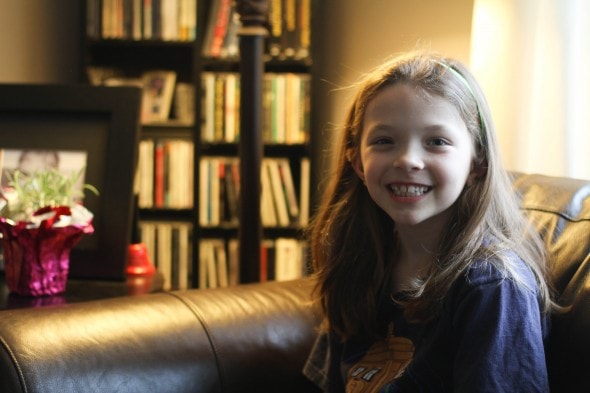
For this one, I just turned the lamp off and changed nothing else.
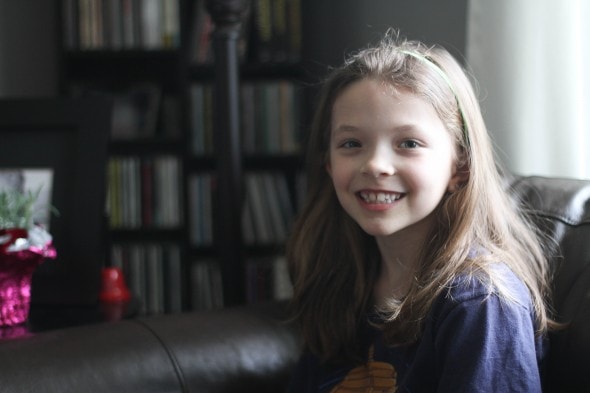
So if you’re shooting in daylight, don’t turn your lamps on as well.
And if you’ve got tungsten and flourescent bulbs in the same room, don’t turn them both on at the same time.
Don’t shoot in bright sunlight.
I used to think bright sunlight would be great for photos (So much light! Woo!), but when the sun is high in the sky, it casts harsh shadows in some spots while shining too much light on other spots.
Plus, it makes people wrinkle up their faces and squint.
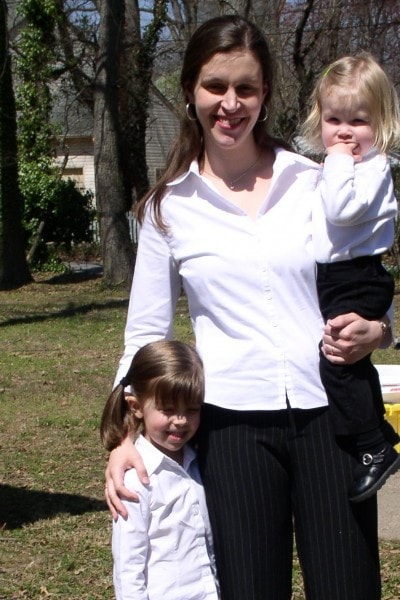
It’s much better to shoot in the shade, like so:
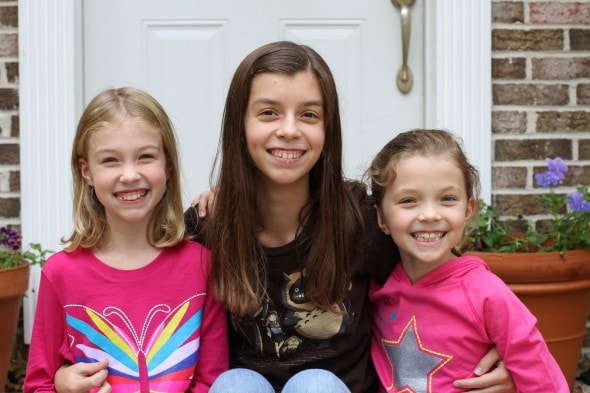
________________________
Okee-doke! Next time we’ll talk about what TO do to get better lighting in your photos.
If you’ve got any questions, please leave a comment and I’ll do my best to answer!
Also! Feedback on the helpfulness of this would be great. Too much information? Not enough? Too short? Too long? Let me know and I’ll adjust accordingly.

Jillynn
Wednesday 15th of April 2015
I ABSOLUTELY love this post. I just started my blog and am realizing I NEED to learn more about photography. I have always been super interested in it but haven't taken the time to learn much. I am noticing lighting All the time now;-) Thankfully our farmhouse is FULL of natural light so I am working on it. Thanks for posting. I can't wait to read the Part 2.
Stacy
Friday 10th of April 2015
Thank you so much for these great photography tips! I love taking pictures, but I've got an inexpensive point and shoot camera, so my pictures are often just so-so. Now I see what the problem is... I almost always use the flash! Can't wait to try your tips. Looking forward to your future photography posts! PS... I found your blog a few months ago and I really enjoy it. (And I don't read many.)
Kristen
Friday 10th of April 2015
Well, I'm so honored that mine is among the few you read!
Aria
Thursday 9th of April 2015
Thanks Kristen! I like that you show multiple photos for comparison. I usually take a ton of photos with no flash and then a few with the flash just in case but I always end up using the no flash shots.
Kristen
Friday 10th of April 2015
I know when I read a photography tutorial, I always want to see a right/wrong comparison. Seeing the right way is helpful, but seeing the wrong way is actually even more helpful, I think.
I feel the same way about fashion posts...what NOT to do would be super helpful!
Cari
Thursday 9th of April 2015
Thank you so much! Photography always overwhelms me even though I love pictures. Now I have a better chance of taking good pictures.
Debbie
Thursday 9th of April 2015
Great post! I have almost stopped using my flash so much because of your posts and it definitely makes a big difference in my pictures!